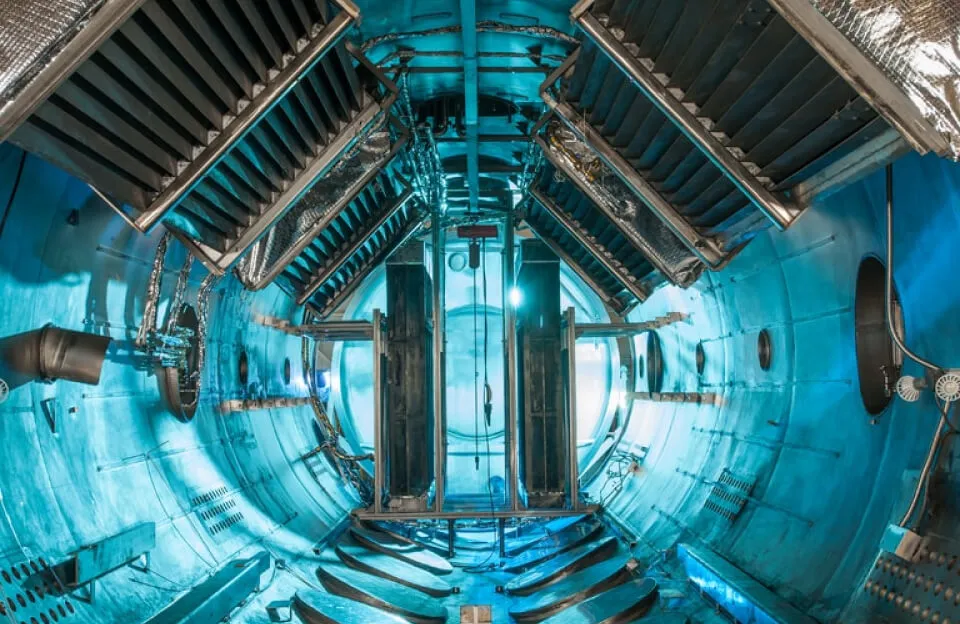Scientists Feeling Under Siege March Against Trump Policies
You’ve seen the images—seas of people flooding the streets of Washington D.C., Los Angeles, and cities around the world. Crowds armed with clever, heartfelt, and furious protest signs. From the pink hats of the Women’s March to the student-led chants of March for Our Lives, a “March Against Trump Policies” became a defining feature of the political landscape.
But when the news cycle moves on, the big questions remain. What were theyreallymarching against? It’s easy to say “Trump,” but the reality is that each major protest was a direct response to a specific policy—a specific government action that people felt compelled to stand against. And the biggest question of all: did any of it actually make a difference?
This isn’t just a look back. It’s a breakdown of the specific policies that fueled the protests, an analysis of their impact, and an exploration of the legacy of this powerful movement.
Key Takeaways
It Was About Specific Policies, Not Just Personality:While the president was the focal point, the largest marches were sparked by specific, tangible government actions on immigration, women’s rights, climate change, and gun control.
Connecting the Protest to the Policy:We will break down the “legalese” of the most controversial policies—like the “travel ban” and “family separation”—and connect them directly to the protest movements they ignited.
The Protests Had a Real Impact:Beyond just making noise, these marches influenced court decisions, shaped the media narrative, mobilized voters in record numbers for midterm elections, and built lasting activist networks.
The Legacy Continues:The grassroots energy and organizing tactics from that era didn’t disappear. They created a playbook for civic engagement that remains highly relevant today.
The “Why”: Decoding the Policies That Sparked the Marches
To understand anyMarch Against Trump Policies, you have to understand the policies themselves. News headlines often use shorthand, but the details are what drove millions into the streets. Here are three of the most significant examples.
1. The “Travel Ban”: Executive Order 13769
What it Was:Signed just a week into the Trump presidency, this executive order barred entry to the U.S. for people from seven Muslim-majority countries for 90 days and suspended the entire refugee program.
Why it Caused Outrage:Opponents, including the ACLU, immediately condemned it as a “Muslim Ban,” arguing it was blatant religious discrimination and a violation of the Constitution. It created chaos at airports as people with valid visas were detained or sent back, and it was seen as a betrayal of American values.
The Resulting Protest:Spontaneous protests erupted almost instantly at airports across the nation. Lawyers flocked to terminals to offer free legal aid, and thousands of citizens showed up with signs reading “No Ban, No Wall” and “Refugees Welcome.” This immediate, visceral reaction set the tone for the next four years.
2. The “Family Separation” Policy
What it Was:In 2018, the administration implemented a “zero tolerance” policy at the southern border. This meant every adult caught crossing the border illegally was criminally prosecuted. Because children cannot be held in adult jails, thousands of children were forcibly separated from their parents, with no clear system in place for reunification.
Why it Caused Outrage:The policy was met with widespread, bipartisan condemnation. Images of children in cages and audio of crying toddlers sparked horror across the globe. Critics, from religious leaders to human rights organizations, called it inhumane and a form of child abuse.
The Resulting Protest:The “Families Belong Together” marches drew hundreds of thousands of people in cities across the U.S. The public pressure was immense, leading to intense media coverage and legal challenges that eventually forced the administration to officially end the broad policy, though the difficult process of reuniting families continues to this day.
3. The Withdrawal from the Paris Agreement on Climate Change
What it Was:The Paris Agreement is a global pact where nearly every country on Earth agreed to reduce greenhouse gas emissions to combat climate change. In 2017, President Trump announced the U.S. would withdraw from the agreement, arguing it was unfair to the American economy.
Why it Caused Outrage:This move was seen by scientists, environmental groups, and international allies as an abdication of American leadership on the world’s most pressing environmental threat. It signaled a sharp reversal of U.S. climate policy.
The Resulting Protest:This policy was a major focus of theMarch for Science, where scientists and their supporters marched to champion evidence-based policymaking. It also became a central theme in broader climate strikes, showing a deep public desire for government action on environmental protection.
The Marches: A Look at the Most Iconic Protests
Each majorMarch Against Trump Policieshad its own unique identity and origin story, demonstrating the diverse and broad-based nature of the opposition.
The Women’s March (January 21, 2017)
This was the big one. Taking place the day after the inauguration, the Women’s March was a global phenomenon, with millions participating worldwide. It was a stunning display of grassroots organizing power.
What Made it Unique:It was less a protest against a single policy and more a massive, pre-emptive strike in defense of a wide range of issues—women’s rights, reproductive freedom, racial justice, and more—that were perceived to be under threat. The iconic pink “pussy hats” became a symbol of defiant solidarity.
Its Focus:To send a clear message to the new administration that a huge portion of the population was energized, watching, and ready to mobilize.
March for Our Lives (March 24, 2018)
Born from the tragedy of the mass shooting at Marjory Stoneman Douglas High School in Parkland, Florida, this protest was a powerful example of youth-led activism.
What Made it Unique:It was organized and led by student survivors. The voices of teenagers like David Hogg and Emma González gave the movement an undeniable moral authority and emotional weight. They were not abstractly debating policy; they were speaking from direct, traumatic experience.
Its Focus:A direct demand for stronger gun control legislation, including universal background checks and a ban on assault weapons. The central message was a plea to politicians to value students’ lives over political donations from the NRA.
Did It Matter? Analyzing the Impact of the Protests
This is the question that critics often ask and participants sometimes wonder: Did all that marching actually accomplish anything? The answer is a clear and resounding “yes,” though the impact is often more complex than the passage of a single law.
Tangible Impacts: Courts, Midterms, and Media
Legal Challenges:The airport protests against the travel ban provided crucial public support for the legal battles being waged by the ACLU and other groups. The courts took notice of the widespread opposition, and the ban was repeatedly blocked and revised in the face of legal and public pressure.
The 2018 Midterm “Blue Wave”:The sustained energy from the Women’s March and other activist movements is widely credited with fueling the record-breaking voter turnout in the 2018 midterm elections. This led to a shift in the balance of power in Congress and demonstrated that protest energy could be converted into electoral power.
Shifting the Narrative:The March for Our Lives completely changed the national conversation on gun control. It put the NRA on the defensive and forced media outlets and politicians to center the voices of survivors.
Intangible Impacts: Building a Movement
Perhaps the most significant legacy of anyMarch Against Trump Policieswas the creation of a powerful and interconnected activist community.
Grassroots Networks:Groups like Indivisible emerged, providing ordinary citizens with a “playbook” on how to effectively lobby their own members of Congress.
Shared Identity and Hope:For many, participating in a march was a powerful antidote to feelings of despair and isolation. It showed them they were not alone and built a sense of collective power that is essential for long-term civic engagement.
The Legacy and the Future of the Movement
The protest movements of 2017-2021 didn’t just fade away. They evolved. The skills learned, the networks built, and the energy generated have become a permanent part of the American political landscape.
This movement demonstrated that when people feel their fundamental values are threatened by government policy, they will respond. They will use their voices, their feet, and their votes to demand change. The playbook created during that time—combining mass street protests with targeted lobbying, legal action, and electoral organizing—remains a powerful tool for civic action.
Whether you were a participant in a past march or are simply seeking to understand this powerful moment in recent history, the lesson is clear. AMarch Against Trump Policieswas never just a single event on a single day. It was the visible manifestation of a deep and sustained public response to the direction of the country, and its echoes continue to shape the conversation today.
Your Next Step:The most powerful way to honor the spirit of these marches is to stay informed and engaged. Register to vote, research the policies that matter to you, and support the organizations that are on the front lines fighting for your values.



